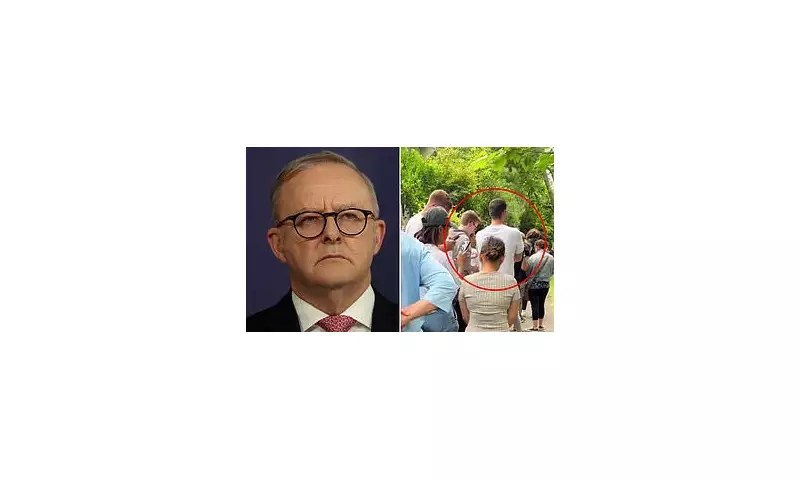
Australian Prime Minister Anthony Albanese has pointedly avoided stating whether his government wants house prices to increase, decrease, or stabilise, as the nation's housing affordability crisis plummets to its worst level on record.
A Question Dodged in Parliament
The moment unfolded when Teal Independent MP Kate Chaney, representing the Western Australian seat of Curtin, directly challenged the Prime Minister on the intended direction of property values under Labor's housing plan. Ms Chaney highlighted a stark reality for younger Australians, noting that the average house price has surged from four to nine times the average income over the past 25 years.
She posed a blunt question to the PM: "If this government is trying to address the housing affordability crisis, are your policies aiming to increase, plateau or reduce house prices?"
In his response, Mr Albanese sidestepped the core issue of prices entirely. He focused instead on his government's efforts to boost supply, stating, "What we're doing… is increasing that supply." He pointed to the Housing Australia Future Fund for social and public housing and the Build To Rent incentive for private rentals, while blaming the opposition and the Greens for delays in the Senate.
Ms Chaney was forced to make a point of order, noting that the Prime Minister had failed to address the subject of her question: house prices.
The Stark Reality of the Housing Affordability Crisis
The political evasion comes against a backdrop of devastating new data. According to the Cotality Housing Affordability Report, the national median dwelling value hit $860,529 in September, compared to a typical household income of $104,390.
This pushes the price-to-income ratio to 8.2 nationally. For houses alone, the situation is even more dire, with the ratio soaring to 8.9 times income, a sharp increase from 6.6 just five years ago.
The growth since the Covid lockdown in March 2020 has been extraordinary. Overall home values have climbed 47.3 per cent, adding approximately $280,000 to the median price. House values have surged even faster, rising 53.8 per cent, while units increased 27.1 per cent. Over the same period, median incomes grew by a comparatively meagre 20 per cent.
The Crushing Consequences for Buyers and Renters
For aspiring homeowners, saving for a deposit has become a marathon endeavour. Nationally, it now takes more than a decade to save a standard 20 per cent deposit. The situation is most severe in Sydney, where buyers face an average wait of 16.7 years. Other major cities are also feeling the strain:
- Melbourne: 11.2 years
- Brisbane: 12.9 years
- Perth: 10.8 years
Mortgage stress has also reached a record high, with almost half (45 per cent) of a household's income now required to service a new loan.
Renters are not spared from the financial pressure. The median household is now spending 33.4 per cent of its income on rent, the worst level seen in two decades, locking many into a cycle of financial strain with little hope of saving for a home of their own.





